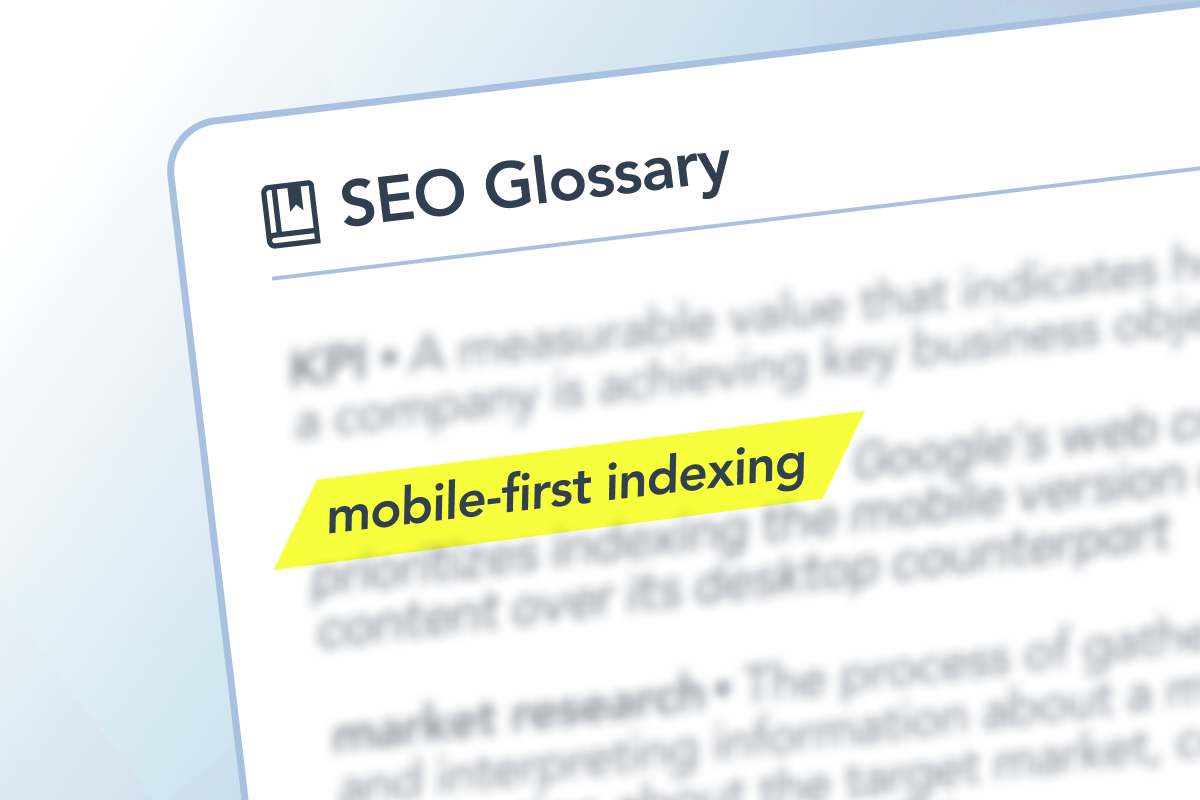Imagine you’re browsing a website on your mobile device, and everything loads quickly and fits perfectly on your screen. This seamless experience is a direct result of mobile-first indexing, a practice adopted by Google to prioritize the mobile versions of websites in its indexing and ranking processes.
What is mobile-first indexing?
Mobile-first indexing means that Google predominantly uses the mobile version of the content for indexing and ranking. Previously, the desktop version was considered the primary version. Now, with the rise in mobile device usage, the mobile version takes precedence.
Why is mobile-first indexing important for SEO?
Mobile-first indexing has become crucial for SEO due to several reasons:
- Improved rankings: Websites optimized for mobile are likely to rank higher in search results.
- Better user experience: Mobile-friendly websites offer a smoother browsing experience, leading to higher user satisfaction and lower bounce rates.
- Increased traffic: As mobile usage continues to grow, having a mobile-optimized site ensures you capture a larger audience.
- Alignment with Google’s practices: Since Google has fully transitioned to mobile-first indexing, aligning with this practice is essential for maintaining visibility in search results.
Why is mobile-first indexing important for SEO?
Beyond SEO, mobile-first indexing significantly enhances user experience:
- Accessibility: Ensures content is accessible and easy to navigate on mobile devices.
- Faster load times: Mobile-optimized sites typically load faster, improving overall user experience.
- Convenience: Users can easily access and interact with your site on the go.
Creating and maintaining mobile-first content
To ensure your website is optimized for mobile-first indexing, follow these best practices:
- Responsive design: Use responsive web design to ensure your site adjusts smoothly to different screen sizes.
- Mobile-friendly content: Ensure text is readable without zooming, buttons are easy to tap, and navigation is straightforward.
- Speed optimization: Optimize images and leverage browser caching to improve page speed on mobile devices.
- Consistent content: Ensure the mobile version of your site contains the same content as the desktop version.
By embracing mobile-first indexing, your website not only meets current SEO standards but also provides a superior user experience. Think of mobile-first indexing as the new baseline for web development, ensuring your site remains relevant and accessible in a mobile-dominated world.

